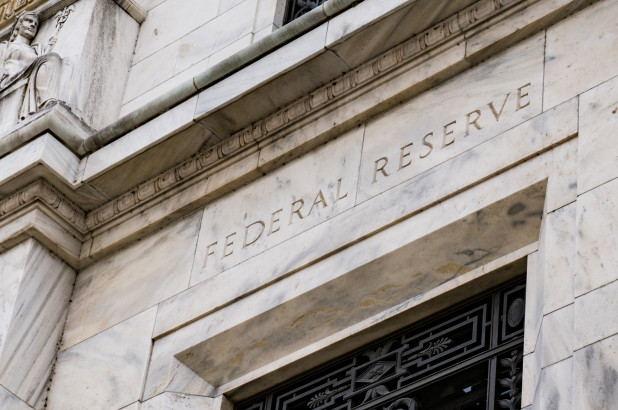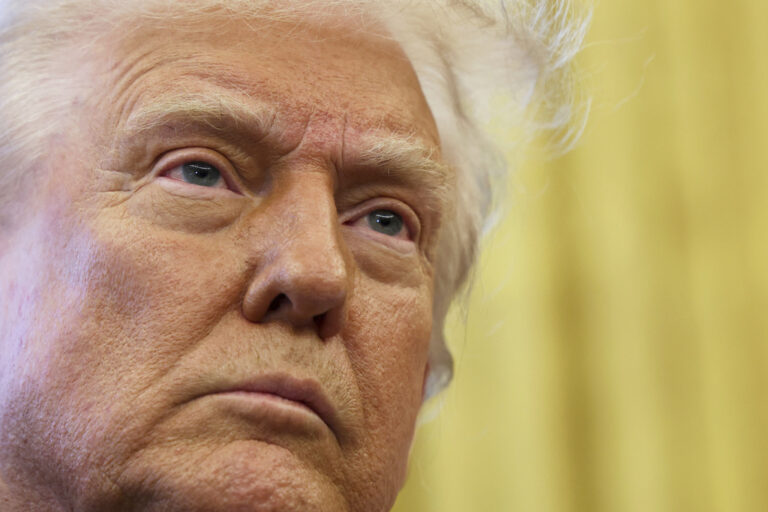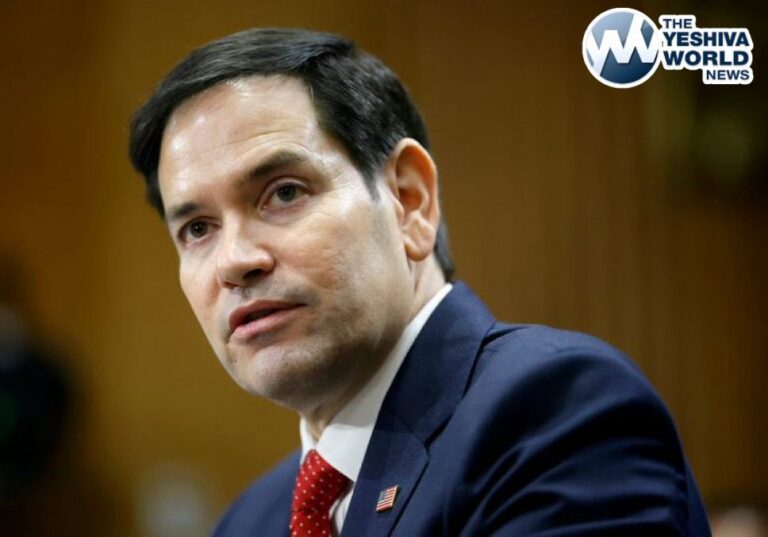Not since America’s financial system and economy appeared to be in grave danger — back in December 2008 — has the Federal Reserve cut its benchmark interest rate.
Yet that is just what the Fed is set to do when it ends its latest policy meeting Wednesday at a time when the U.S. economy looks infinitely sturdier than it did in the depths of the Great Recession.
The Fed under Chairman Jerome Powell has nevertheless signaled its belief that uncertainties and threats unleashed by President Donald Trump’s trade war and by a global slowdown justify a Fed rate cut now as a kind of insurance policy against another economic downturn.
That message has raised a raft of questions about how much the Fed intends to reduce borrowing rates and whether it should really be cutting rates at all now. A news conference Powell will hold after the Fed issues a policy statement could help shed light on the likely path ahead for the central bank.
Here are three things to watch for after the Fed meeting ends Wednesday afternoon:
___
ONE AND DONE — OR MORE?
Market traders foresee a 100% chance of a cut Wednesday in the Fed’s key short-term rate, according to the CME Group, which tracks this trading. The largest proportion of traders — 78%— expect a modest quarter-point cut from the current range of 2.25% to 2.5% for the Fed’s influential rate.
For the rest of 2019, expectations for additional rate cuts range more widely, with economists more restrained and investors with a more expansive outlook. The CME Group says 56% of traders expect a second rate cut in September. About half think rates will be cut a total of three or even four times before the year ends.
But many economists suggest that the Fed will likely view this week’s rate cut as “insurance” against a potential downturn and that the policymakers will want to pause, perhaps for the rest of the year, and monitor how the economy fares in the face of trade conflicts and the global slowdown.
Look for Powell’s news conference to be dominated by questions about whether, why and by how much the Fed may further ease credit through the rest of the year.
___
ECONOMIC GROWTH AND INFLATION
This week, the Fed’s policymakers won’t be updating their forecasts for the economy and for the direction of interest rates — something they do four times a year. But their policy statement will be scrutinized for any subtle changes in its description of the economy that might provide hints of the Fed’s thinking.
The Fed’s previous policy statement had described the job market as strong and said economic activity was rising moderately. Yet it also noted that inflation had continued to run persistently below the Fed’s target level.
The central bank’s policy statement Wednesday and Powell’s messages at his news conference will be assessed to gauge how concerned the central bank is about low inflation, which in recent months has fallen further below its 2% target. If Powell appears worried about too-low inflation, it might raise expectations that the Fed will further ease credit in the months ahead.
In delivering the Fed’s semiannual monetary report to Congress earlier this month, Powell had suggested that a variety of factors might be making it harder for the Fed to meet its inflation goal. He noted that the central bank needs to be alert to such trends to prevent the economy from sinking into a low-inflation trap like the one that’s bedeviled the Japanese economy for more than two decades.
Ultra-low inflation can slow growth by causing consumers to postpone purchases, which, in turn, slows consumer spending, the economy’s main fuel. Persistently subpar inflation is considered a key reason why the Fed has shifted from last year’s four rate increases to the expectation of rate cuts this year.
___
TRADE AND OTHER UNCERTAINTIES
In its policy statement last month, the Fed noted that “uncertainties” about the economic outlook had increased, and it pledged to “act as appropriate to sustain the expansion.”
The statement didn’t specify what the increased uncertainties were. But in his previous news conference and in his testimony this month to Congress, Powell mentioned weakening global growth, trade frictions stemming from Trump’s combative use of tariffs and the risk of a botched exit by Britain from the European Union in October.
The government reported last week that the U.S. economy, as measured by the gross domestic product, slowed to an annual growth rate of 2.1% in the April-June quarter, down from a 3.1% pace in the January-March period. Though some temporary factors contributed to the slowdown, many economists say they think growth will keep slowing for the rest of this year.
Trump has been escalating his attacks on the Fed over the past year, blaming the four rate hikes in 2018 as a key reason why the economy is slowing.
“The Fed moved, in my opinion, far too early and far too severely,” Trump told reporters Tuesday in his latest attack.
He said he wanted to see a “large cut” in rates as well as an immediate halt in the reduction of the Fed’s bond holdings, to avoid putting upward pressure on long-term rates.
“Fortunately,” Trump said, “I’ve made the economy so strong that nothing’s going to stop us, but the Fed could have made it a lot easier.”
“We have the all-time high in the history of the stock market,” he added, yet if not for what he called the Fed’s tight credit policy, “I think I would have been 10,000 points higher.”
Powell has previously asserted that Trump’s pressure has had no effect on the rate policies of the Fed, which is considered an independent agency. But the president’s incessant public attacks raise the question for Powell of whether the criticism could eventually undermine confidence that the Fed will remain politically independent and not try to boost the economy before next year’s presidential election.
Sarah Bloom Raskin, a former Powell colleague on the Fed’s board and now a professor at Duke University, suggested in a statement that without better explanations of its actions, the Fed runs the risk that the public “may think Chairman Powell is caving in to presidential bullying.”
(AP)











